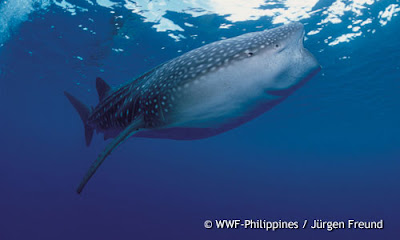

They seek warmer equatorial waters before embarking on an elaborate mating ritual that involves the male and female rolling over one another, diving in a deep dive, then suddenly swimming to the surface for copulating. Turning up the heatīlue whales reach sexual maturity between five and 10 years of age. During the summer months, they eat up to 6,000kg of krill a day. Their gigantic mouths – big enough to house 100 people – can capture enormous quantities of prey with each gulp of water, filtering the nutritious krill from the expelled water with stiff bristles that grow from the roof of the mouth. The largest marine animal ever killed by hand harpoon was a blue whale killed at Twofold Bay, NSW, in 1910, was 29.57. Longest mammal A female blue whale measuring 33.58 m (110 ft 28 in) landed in 1909 at Grytviken, South Georgia in the South Atlantic. They communicate using low-frequency whistles or rumbling noises which can travel hundreds of kilometers and reach 188 decibels – louder than a passenger jet. The Guinness World Records Official site with ultimate record-breaking facts. Sound you outĭespite having no external ears, blue whales are believed to have excellent hearing, using air sinuses and bones to detect sound.

A blue whale has between 80 and 100 long grooves running along the length of its throat and chest.īlue whales have relatively small eyes for their body size – each about the size of a grapefruit – and their eyesight is thought to be weak.

#Biggest whale in the world skin
The pale bluish-grey colour gives the species its name, although the skin can also look silvery grey or tan, depending on the light. Skin deepĪ blue whale’s skin markings are unique, much like fingerprints. Weighing some 900kg – and the size of a Mini car – the blue whale’s heart beats once every 10 seconds, pumping 220 litres of blood through its body, and beats so loudly it can be heard from 3km away through sonar equipment. Oxygen is pumped around its enormous body by an equally massive, four-chambered heart. Blue whales exchange between 80 and 90 per cent of oxygen in their lungs each time they breathe, compared to just 10 or 15 per cent in humans. Two enormous blowholes, big enough for a small child to crawl into, allow the fast and efficient exchange of oxygen. Deep breath!īlue whales can dive for up to an hour at a time, going to a depth of 100m, so they need highly efficient lungs to survive. The evolution from Dorudon to blue whale involved a number of changes to cope with its enormous size. Its nostrils moved back from its snout to the top of its head, its forelimbs became stiff flippers, its body elongated, its hind limbs became virtually non-existent and its tail evolved into two rubbery flukes, which propelled the animal forward through the water with an up and down motion, rather than the side-to-side movement of a fish tail. In Dorudon, we see the beginnings of what makes whales so special.


 0 kommentar(er)
0 kommentar(er)
